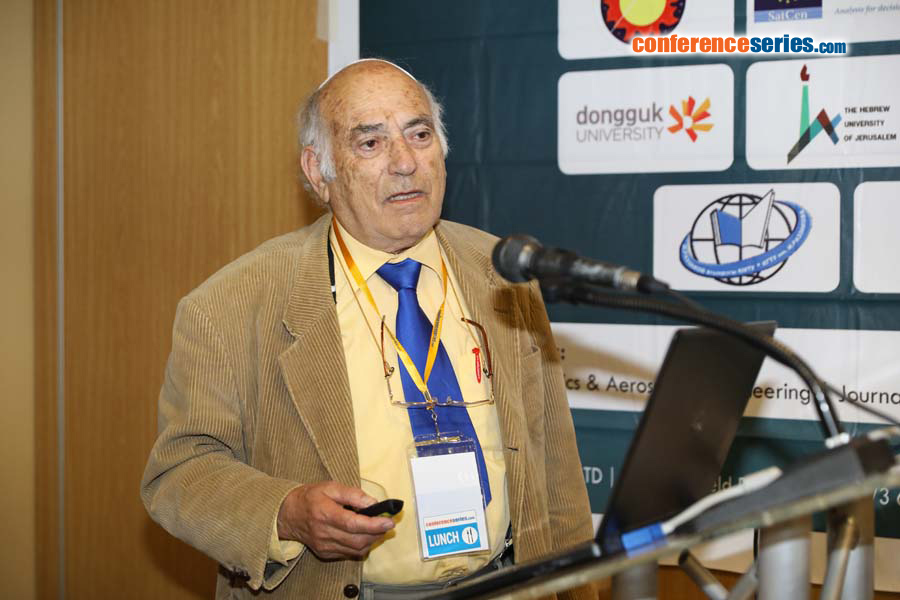
Joseph Seckbach
The Hebrew University of Jerusalem, Israel
Title: Extremophilic bio-distribution in harsh environments with outlook to astrobiology
Biography
Biography: Joseph Seckbach
Abstract
Life on Earth is found almost all over its surface, on land and in marine areas. We consider these forms of life as “normal.” However, there are organisms, termed extremophiles, which thrive in severe environments. The organisms dwelling in the normal environments are not able to tolerate such harsh conditions. On the other hand, living in a normal environment is not possible for the extremophiles.
Harsh environments of extremophiles include for example, excess of salt (halophiles), high pressure, thermophilic, various pH ranges, acidophilic and anaerobic environments.
Among these extremophiles are microorganisms, cyanobacteria, algae, plants, insects, and even micro animals (such as the Tardigrades) as well as a group of unicellular red algae, the Cyanidiophyceae (which possess in their chloroplasts only chlorophyll A but not B and grow in thermo-acidic area such as in hot springs with some exceptional habitats (references.)
Polyextremophiles are those extremophiles who tolerate more than one factor of stress in their habitat. The extremophiles may represent the pioneers on early Earth when the primitive conditions were very harsh, an anaerobic, acidic, and thermophilic or psychrophilic environment. With the change of the atmosphere, these extremophilic organisms found niches to hide in where they felt comfortable.
In our presentation, we will discuss some extremophilic examples through their habitats and the physiological-environmental relationships and finally their affiliation to Astrobiology.



